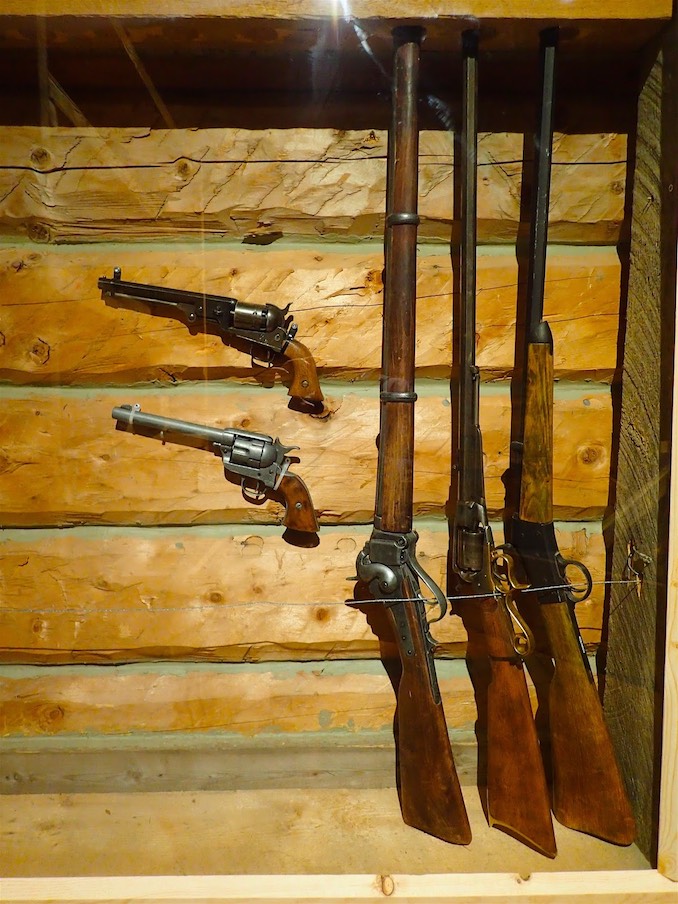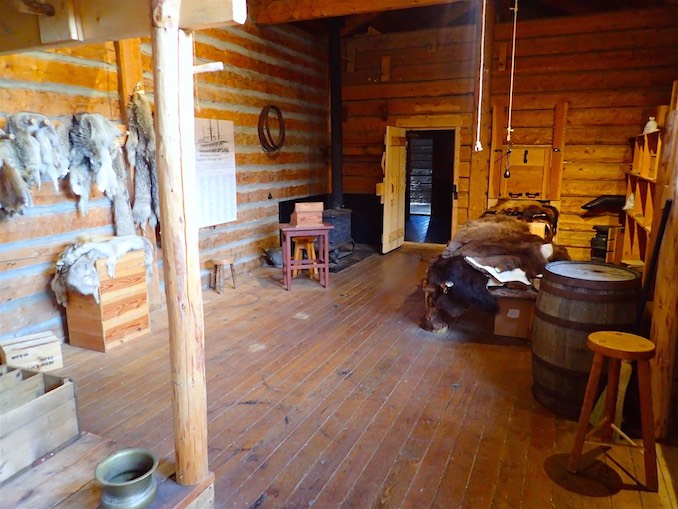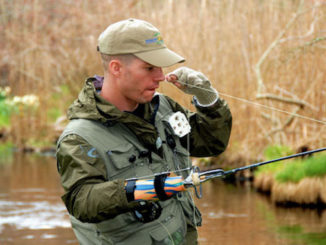Before there was an Alberta, before there were Mounties, there was a Whoop-Up!

In 1869 two Montana fur traders, John J. Healy and Alfred B. Hamilton, traveled north to British/Canadian territory (formerly Rupert’s Land owned by the Hudson’s Bay Company) that was largely absent of any government presence. The duo sought to build a trading post (originally called Fort Hamilton) where they could trade alcohol for bison robes from local First Nation groups after such business was outlawed in the United States. Within the first year the fort burned down, but it was rebuilt by William Gladstone, a former Hudson’s Bay employee and boat builder. This time the structure was fortified with two bastions armed with cannons, loopholes for firing rifles, ramparts, and heavy gates. The newly built structure, now known as Fort Whoop-Up, took two years to construct, cost an estimated $25,000, and contained more than 6,000 hand-cut Cottonwood logs.

The site of Fort Whoop-Up was not chosen by accident. The confluence of the St. Mary’s and Belly Rivers was a favourite wintering ground for the Blood and Peigan people of the Blackfoot Confederacy. Within six months of the original post being constructed Healy and Hamilton returned to Fort Benton in Montana with furs and bison robes in excess of $50,000! Word of their success spread quickly and more than 50 trading posts would eventually be constructed across what is now southern Alberta, but none larger or more notorious than Fort Whoop-Up.

Violence followed the whiskey everywhere. Alcohol and Smallpox wreaked havoc on local First Nation groups and rifles only added to the devastation. Hoping to capitalize on the Blackfoot’s decimated numbers the Cree and their allies invaded in 1870 only to suffer hundreds of casualties at the hands of the better-armed local tribes. The Battle of the Belly River, as this invasion came to be known, happened incredibly close to Fort Whoop-Up, only adding to its already infamous reputation.

The Canadian Government, back in Ottawa, began hearing reports of the destruction, the fighting, the whiskey, and the lawlessness that was happening on the western plains. To combat these issues and bring some semblance of order to their western territories the government created the North West Mounted Police (NWMP), eventually becoming the modern Royal Canadian Mounted Police or RCMP. The newly formed police force headed west and arrived at Fort Whoop-Up in 1874, finding the place all but abandoned. The NWMP rented accommodations at the fort while establishing out-posts along the Canadian/US border to combat whiskey smuggling, horse raiding, and other criminal activity. A large portion of the fort was irreparably damaged during a fire in 1888 and by 1900 the entire building was uninhabitable. Many of the buildings were destroyed by fire or flood and others were later removed for salvage.

Outside the replica fort are two other important pieces of history. The first is a set of tipi rings that were originally mapped and transported from the Lindy Campsite, just over 10km southeast of Lethbridge. There is also a solitary rock of great cultural and spiritual significance known as the Medicine Stone. The inscription on the informative plaque nearby recalls the legend,
Many years ago a Native hunter saw a figure descend a coulee and sit down at the foot of it. The hunter thought it was a Medicine Pipe Man so he crossed the river, searched, but found only a granite stone. That night as he slept near the stone, a person appeared in his dream and said, “My son, I am the rock you saw. I want you and your children to come to offer me peace offerings at all times.” The people of the Blackfoot Confederacy called the stone Mi’k(l)atowa’si, translated as “that which has become red-holy”. Others called it ‘The Painted Rock’ as the stone was coated with reddish-brown soil to emulate the red blanket of the holy Medicine Pipe Man.
Both sites are easily accessible while visiting the fort, but should not be disturbed for their historical and cultural importance.

Today a commemorative plaque sits where the original fort once stood. In 1967 a replica was built in Lethbridge’s Indian Battle Park, approximately 10km northwest of the fort’s original location. Unfortunately none of Fort Whoop-Up’s original structures survived beyond the early 1900’s. Fort Whoop-Up is now a National Historic Site of Canada and is operated by the Galt Museum. You can tour this historic site during the summer months. If you’re a fan of Alberta history please consider reading my previous posts on similar topics, such as Red Deer’s Roots about Fort Normandeau, From Police Outpost to Modern City about the birthplace of Calgary, and Written In Stone about Writing-On-Stone Provincial Park and its own historic NWMP outpost.




